In fact Spain is giving its northern neighbour, France, a run for its money in the fromage department with Spanish cheeses scooping three ‘Oscars’ in 2018 world’s best cheese awards compared to just two from France.
The title of 'best cheese in the world' this year passed to a Gouda called Fanaost but three Spanish cheeses were chosen among the top 16 cheeses in the world from a selection of more than 3,400 different cheeses hailing from 41 countries.
READ MORE: Spanish cheesemakers defend Manchego from Mexican 'copy'
So, to mark International Cheese Day which apparently falls on March 27th, here are the best cheeses as determined by the experts:
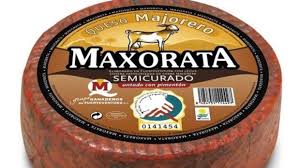
Maxorata, a medium-matured with paprika, or Semicurado con Pimentón was named 11thbest cheese (59 points) in the world.This goat’s cheese is created by the livestock farmers' cooperative in Puerto del Rosario on the Canarian island of Fuerteventura.
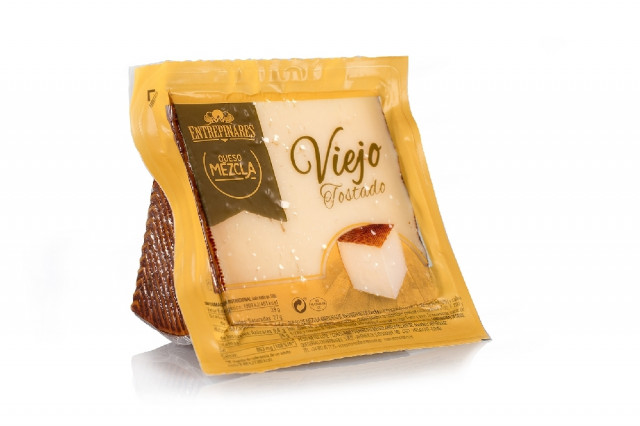
La Reserva from the Valladolid-based Entrepinares dairy, a Spanish cheese commonly found on supermarket shelves at Mercadona, earned 56 points and joint 12 place. It cost just €10.20 a kilo, a prize winning cheese we can afford every day.
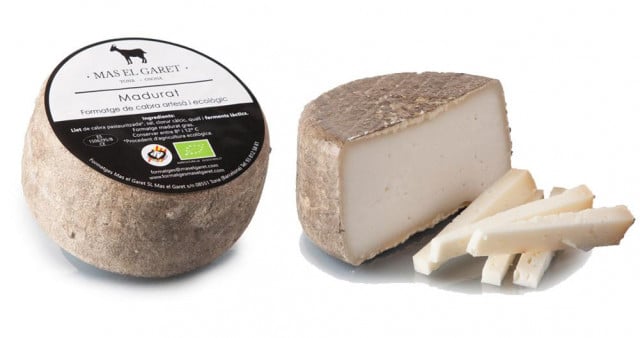
Madurat, a cheese created by Formatges Mas El Garet in Tona a town in the hills near Barcelona won 54 points and joint 14th place
But that's not all. 12 other Spanish cheeses were named among the top 80 cheeses in the world.
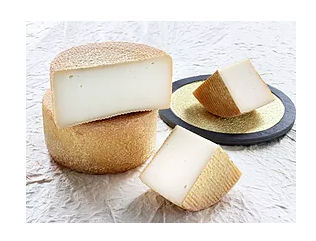
Musgo Lavado de Elvira García (Elvira García, Ávila)
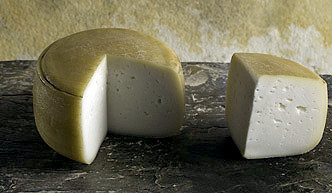
Queso Portugués de Cabra (Quesos de Almazora, Castellón)
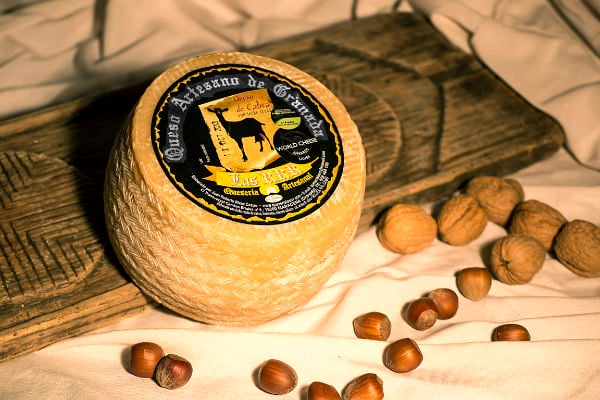
Queso de Cabra Curado en leche cruda (Quesería Artesanal “Las RRR”, Granada)
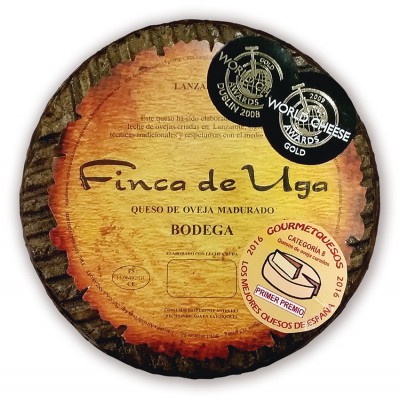
Bodeja Oveja (Finca de Uga, Lanzarote)
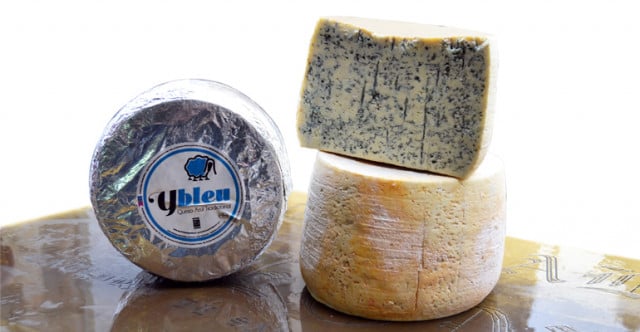
Ybleu (Quesería Artesanal Los Payuelos, León)
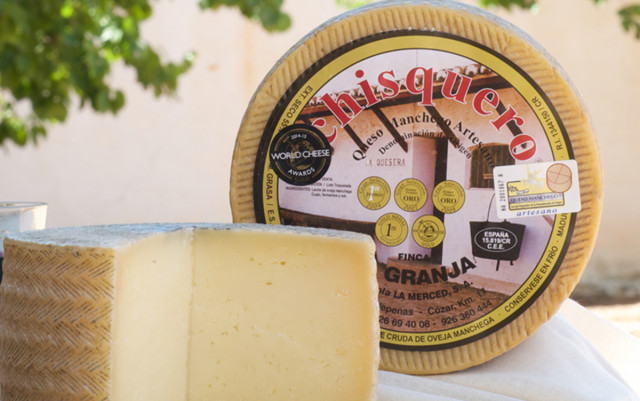
Chisquero Semicurado (Quesos Corcuera, Ciudad Real)
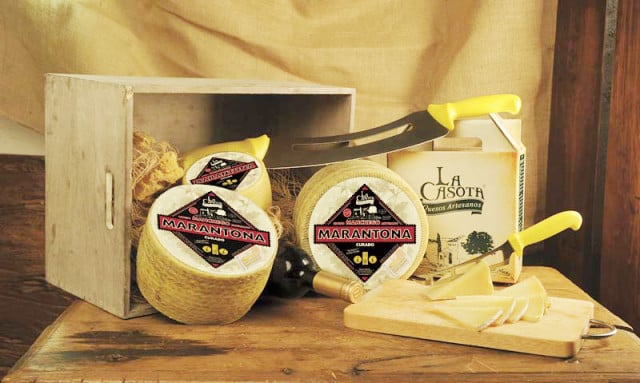
Marantona Curado (Quesos La Casota, Ciudad Real)
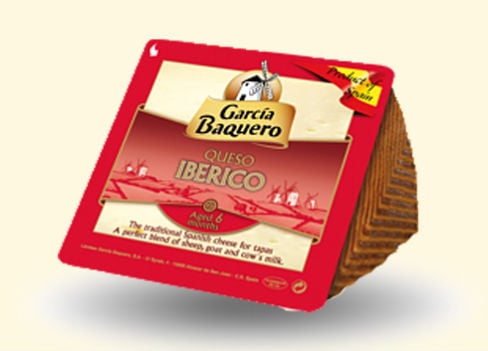
Ibérico García Baquero (Lacteas García Baquero, Ciudad Real)
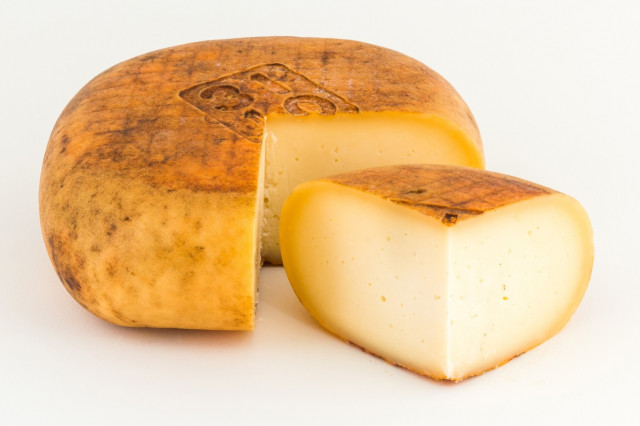
Curado Subaida (Subaida, Menorca)
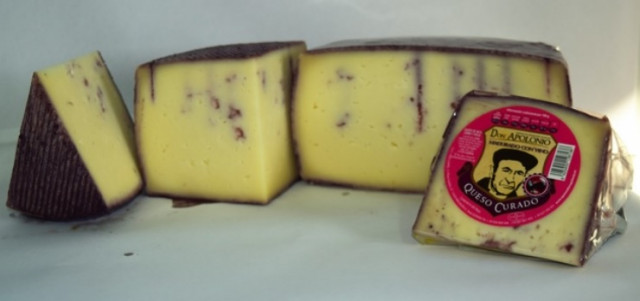
Queso de Vaca, Cabra y Oveja curado con vino (Don Apolonio, Ciudad Real)
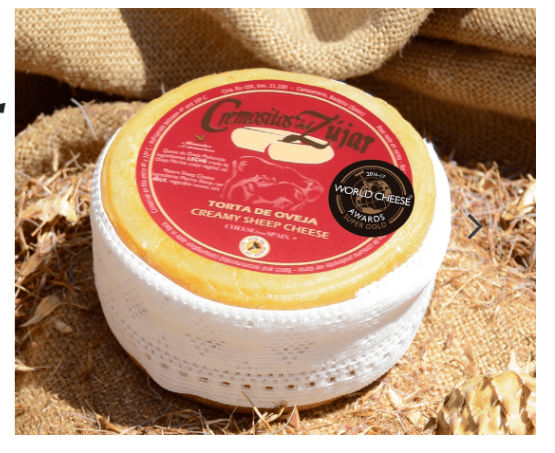
Cremositos del Zújar (ArteSerena, Badajoz)
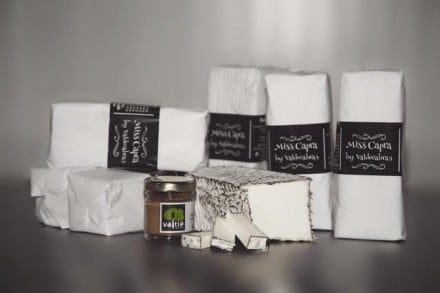
Miss Capra (Valdecabras, Ávila)
READ ALSO: Meet the Spaniard making morcilla with his very own blood!

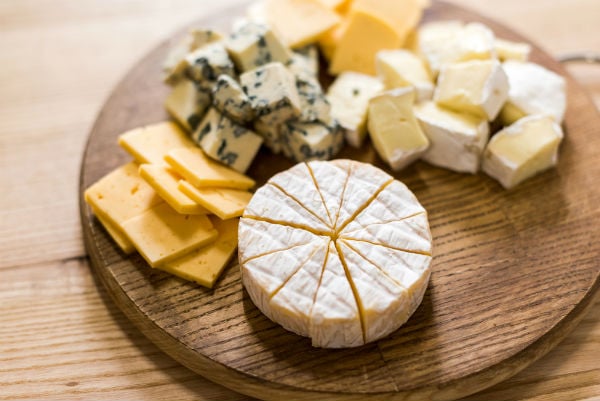
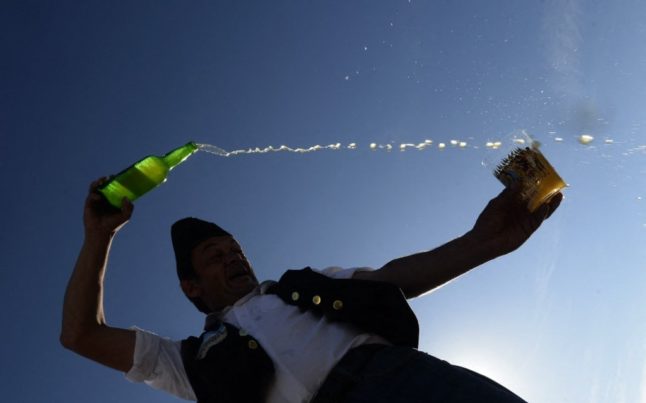

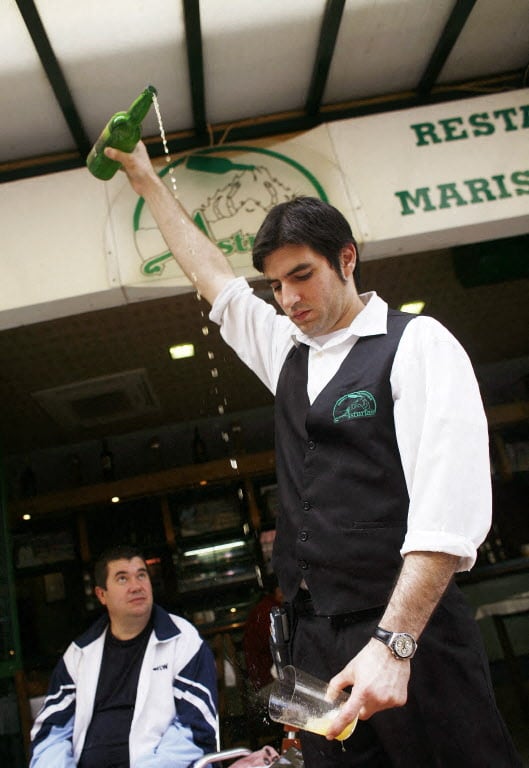
 Please whitelist us to continue reading.
Please whitelist us to continue reading.
Member comments